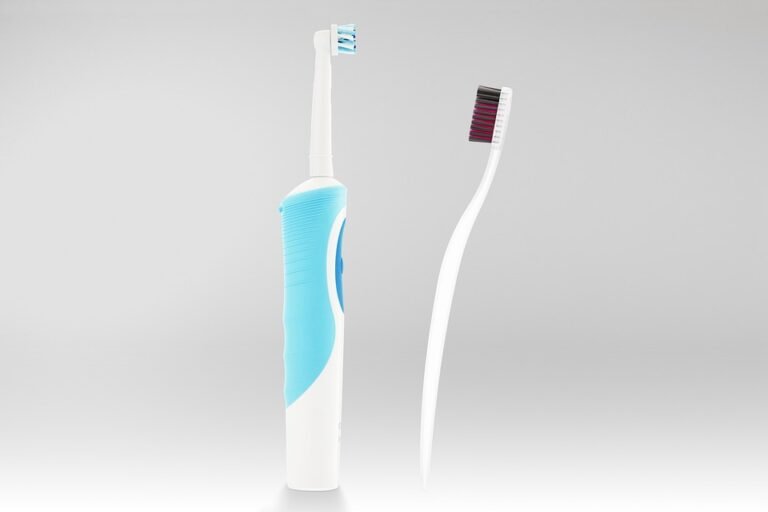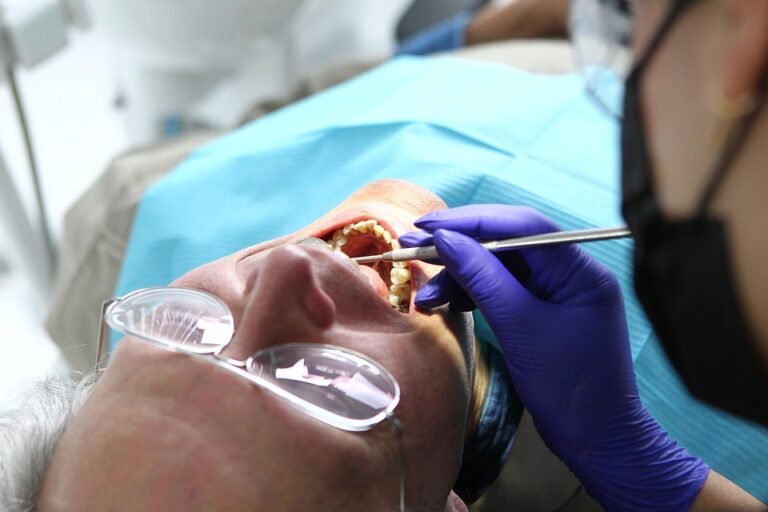What are the ethical considerations of using virtual simulations in dental education?
Okay, so my dental school is looking at incorporating more virtual reality and haptic simulations into our curriculum. We’re excited about the potential benefits – more practice time, reduced risk of harming real patients, standardized training – but I’m also starting to wonder about the potential downsides. I’m specifically interested in the ethical implications, not just the practical ones.
For example, if students become overly reliant on simulations, will they be adequately prepared for the unpredictable realities of treating real patients? What about the risk of developing a false sense of confidence? And what about the potential for bias in the simulation software itself? Could the programmed scenarios, even unintentionally, reinforce harmful stereotypes or lead to inequitable treatment approaches based on perceived patient characteristics?
Also, thinking about cost – is access to this technology equitable? Will some students be at a disadvantage if they can’t afford supplemental practice outside of school? And what responsibility do simulation developers have to ensure their products are used ethically? Are they being transparent about the limitations and potential biases built into their software?
I’m really keen to hear different perspectives on this. What are the less obvious ethical pitfalls we should be considering as we move towards increased reliance on virtual simulations in dental education? Are there existing ethical frameworks that could be applied here?
Answer
Ethical considerations surrounding the use of virtual simulations in dental education encompass a wide range of issues, touching upon patient safety, educational quality, equity, and the evolving role of technology in healthcare.
Patient Safety and Clinical Competency:
- Transfer of Skills: A primary concern is whether skills acquired through virtual simulations reliably transfer to real-world clinical settings. If students are inadequately prepared for the complexities of live patient interactions, it could compromise patient safety. The fidelity of the simulation, meaning how accurately it replicates the feel and challenges of real procedures, is crucial. Low-fidelity simulations might create a false sense of confidence and proficiency, leading to errors in patient care.
- Assessment and Evaluation: Evaluating student competency based solely or primarily on virtual simulation performance raises ethical questions. Simulations may not fully capture the nuanced decision-making, adaptability, and stress management required when treating actual patients. Reliance on virtual assessment could lead to the graduation of students who are technically skilled in a virtual environment but lack the necessary clinical judgment and interpersonal skills to provide safe and effective care.
- Informed Consent and Patient Welfare: While virtual simulations don’t directly involve patients, the potential for inadequate training due to over-reliance on simulations can indirectly affect patient welfare. Students must understand that simulations are a component of their education, not a replacement for real patient experience, and that their ethical responsibility is to prioritize patient safety above all else.
- Calibration and Validation: The ethical use of simulations requires rigorous calibration and validation to ensure they accurately reflect clinical realities. If the simulation software or hardware is flawed or poorly maintained, it could lead to the development of incorrect techniques or decision-making processes, ultimately harming patients.
Educational Quality and Curriculum Design:
- Balance and Integration: Ethical curriculum design demands a careful balance between virtual simulation, traditional didactic instruction, and hands-on clinical experience. Over-dependence on simulations at the expense of real-world patient interaction could deprive students of crucial learning opportunities and ethical socialization within the dental profession.
- Accessibility and Equity: Access to high-quality virtual simulation technology may not be uniform across all dental schools or for all students. Disparities in access could create inequities in educational opportunities and potentially disadvantage students from less-resourced institutions or backgrounds. This raises ethical concerns about fairness and equal opportunity in dental education.
- Faculty Training and Expertise: The effective and ethical use of virtual simulations requires faculty members to be adequately trained in the technology and pedagogy of simulation-based learning. If faculty lack the necessary expertise, they may not be able to effectively guide students, assess their performance, or integrate simulations into the curriculum in a meaningful way.
- Transparency and Disclosure: Students should be fully informed about the role of virtual simulations in their education, including the limitations and potential biases of the technology. Transparency promotes trust and allows students to make informed decisions about their learning experiences.
- Standardization: Lack of standardization in simulation software and training protocols across different institutions poses challenges in comparing student performance and ensuring consistent levels of competency. Ethically, standardization, where appropriate, promotes fairness and allows for better benchmarking.
Technological Considerations:
- Data Privacy and Security: Virtual simulations may collect and store student performance data, raising concerns about data privacy and security. Dental schools must ensure that student data is protected from unauthorized access and used only for legitimate educational purposes.
- Bias in Algorithms: The algorithms that drive virtual simulations may inadvertently reflect biases that could disadvantage certain student populations. Developers and educators must be vigilant in identifying and mitigating potential biases in simulation technology.
- Over-Reliance and Deskilling: Some fear that over-reliance on technology can lead to deskilling, particularly in areas that require tactile skills and manual dexterity. Maintaining a balance between simulation and hands-on practice is important to avoid atrophy of essential clinical skills.
- Cost and Resource Allocation: The high cost of virtual simulation technology can strain resources and potentially divert funding from other essential educational areas. Ethical considerations must include careful evaluation of the cost-effectiveness of simulations and ensure that investments in technology do not come at the expense of other valuable educational resources.
Professionalism and Ethical Development:
- Ethical Dilemma Training: Virtual simulations can provide opportunities to expose students to ethical dilemmas in a safe and controlled environment. However, it’s crucial that these simulations are designed to promote critical thinking, ethical reasoning, and empathy, rather than simply reinforcing existing biases or stereotypes.
- Professional Identity Formation: Dental education plays a vital role in shaping students’ professional identity and values. The use of virtual simulations should be aligned with the ethical principles of the dental profession, emphasizing patient-centered care, integrity, and social responsibility.
- Dehumanization: Concerns exist that over-reliance on technology can potentially dehumanize the learning experience, distancing students from the human element of patient care. It is important to emphasize empathy, communication skills, and the importance of building strong doctor-patient relationships, even when using virtual simulations.
In conclusion, the ethical use of virtual simulations in dental education requires careful planning, implementation, and evaluation. Dental schools must address issues related to patient safety, educational quality, equity, and the potential impact of technology on professionalism and ethical development. A thoughtful and balanced approach is essential to ensure that virtual simulations enhance, rather than compromise, the education of future dental professionals.




